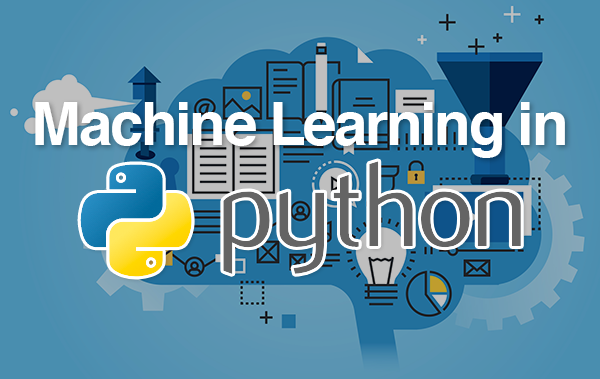How to compare boosting ensemble Classifiers in Python

Boosting ensemble classifiers are a powerful machine learning technique that can be used to improve the performance of a wide range of classification tasks. These classifiers work by combining the predictions of multiple weak models to produce a more accurate final prediction. In this essay, we will be discussing how to compare different boosting ensemble classifiers in Python.
The first step in comparing boosting ensemble classifiers is to acquire and prepare the data. This can include acquiring a dataset that is appropriate for the problem you are trying to solve and cleaning and preprocessing the data to ensure that it is in a format that can be used by the algorithm. This may include handling missing values, converting categorical variables to numerical values, and splitting the data into training and test sets.
Once the data is prepared, we can import the different boosting ensemble classifiers from the appropriate libraries and create instances of the classifiers. For example, we can import the AdaBoostClassifier, GradientBoostingClassifier, and XGBoost Classifier from the scikit-learn library and LightGBM and CatBoost Classifier from their respective libraries.
After importing the classifiers, we can set the hyperparameters for each classifier and fit them to the training data. We can then use the predict() function to make predictions on the test data and use the score() function to evaluate the performance of the model on the test data. This function returns the accuracy of the model, which is the proportion of correctly classified samples. We can also use the cross_val_score() function to perform k-fold cross-validation on the data, which helps to get a more robust estimate of the model’s performance.
After evaluating the performance of the different classifiers on the test data, we can compare the results to see which classifier performed the best. We can also compare the performance of the classifiers on different metrics such as precision, recall, and F1-score. Additionally, we can also compare the run-time of the classifiers to see which one is faster.
It’s also important to note that when comparing classifiers, it’s important to consider the specific problem you’re trying to solve and the characteristics of your data. For example, if you’re working with a dataset that has a large number of categorical variables, then a classifier like CatBoost that is specifically designed to handle categorical variables may perform better than other classifiers. Additionally, if you’re working with a large dataset, then a classifier like LightGBM that is designed to be efficient and scalable may perform better than others.
Another important factor to consider when comparing classifiers is the interpretability of the models. Some classifiers, such as decision trees, are inherently interpretable and provide insight into how the model is making predictions. On the other hand, some classifiers, such as neural networks, are not interpretable and provide limited insight into how the model is making predictions.
In conclusion, comparing boosting ensemble classifiers is an important step in the machine learning process. It allows us to evaluate the performance of different classifiers and select the best one for the specific problem and data characteristics. It’s important to keep in mind the specific problem you’re trying to solve and the characteristics of your data when comparing classifiers. Additionally, it’s also important to consider the interpretability of the models and the trade-off between accuracy and interpretability when making a decision.
In this Applied Machine Learning & Data Science Recipe (Jupyter Notebook), the reader will find the practical use of applied machine learning and data science in Python programming: How to compare boosting ensemble Classifiers in Python.
Disclaimer: The information and code presented within this recipe/tutorial is only for educational and coaching purposes for beginners and developers. Anyone can practice and apply the recipe/tutorial presented here, but the reader is taking full responsibility for his/her actions. The author (content curator) of this recipe (code / program) has made every effort to ensure the accuracy of the information was correct at time of publication. The author (content curator) does not assume and hereby disclaims any liability to any party for any loss, damage, or disruption caused by errors or omissions, whether such errors or omissions result from accident, negligence, or any other cause. The information presented here could also be found in public knowledge domains.
Learn by Coding: v-Tutorials on Applied Machine Learning and Data Science for Beginners
Latest end-to-end Learn by Coding Projects (Jupyter Notebooks) in Python and R:
Applied Statistics with R for Beginners and Business Professionals
Data Science and Machine Learning Projects in Python: Tabular Data Analytics
Data Science and Machine Learning Projects in R: Tabular Data Analytics
Python Machine Learning & Data Science Recipes: Learn by Coding
Pandas Example – Write a Pandas program to compare the elements of the two Pandas Series